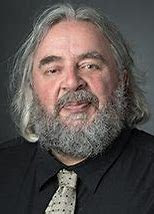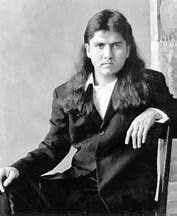As another month draws to a close, I've just finished my eleventh June book, Reavis Z. Wortham's The Right Side of Wrong, so ready or not, it's time for me to start looking forward to what my July reading might look like. I see that I ended up reading six of the nine books I expected I would be reading in June (and abandoned two others), plus five others that were not even on my radar thirty days ago. That near 50-50 split has become pretty much par for the course this year.
Here are my initial picks for July-reading:
I've had a paperback copy of this 1980 travel memoir around for a while, but because I hate movie-tie-in covers with a passion, I've decided to use this cover in place of the one I actually own. Here, Robyn Davidson recounts her "solo trek across 1,700 miles of Australian outback" that she made along with her four camels in 1977 as a 27-year-old. As much as I dislike the cover of the copy I have, I think I would probably enjoy the movie version of this tale, so I'll be looking for a way to watch the 2014 movie soon. She's Leaving Home is a 2014 standalone novel from William Shaw, a crime fiction writer whose work I've really come to admire. I found the book in the library while searching for the later books in Shaw's Alex Cupidi series. Those books are proving to be particularly hard to find, and since I was curious about Shaw's standalones anyway, I decided to grab this one while it was available. I did buy a British copy of the third book in the Cupidi series, but I don't expect to read that one in July.I suspect that only five or six of these eight are going to be read before the end of July, and I'm looking forward to learning which other books I'm not even thinking of right now will cause that to happen. In addition, I'm still reading three or four short stories per week from Wastelands: The New Apocalypse.
It's hard to explain why, but the first day of every new month always fills me with a new enthusiasm. The ringer in July is that I am also hoping to finally hit the road for a couple of weeks to do more exploring in states like the Dakotas, Utah, New Mexico, Iowa...maybe even Wyoming again. I'm keeping my fingers crossed that I feel safe and confident enough to stay in hotels again by mid-July. If not, no trip.





























